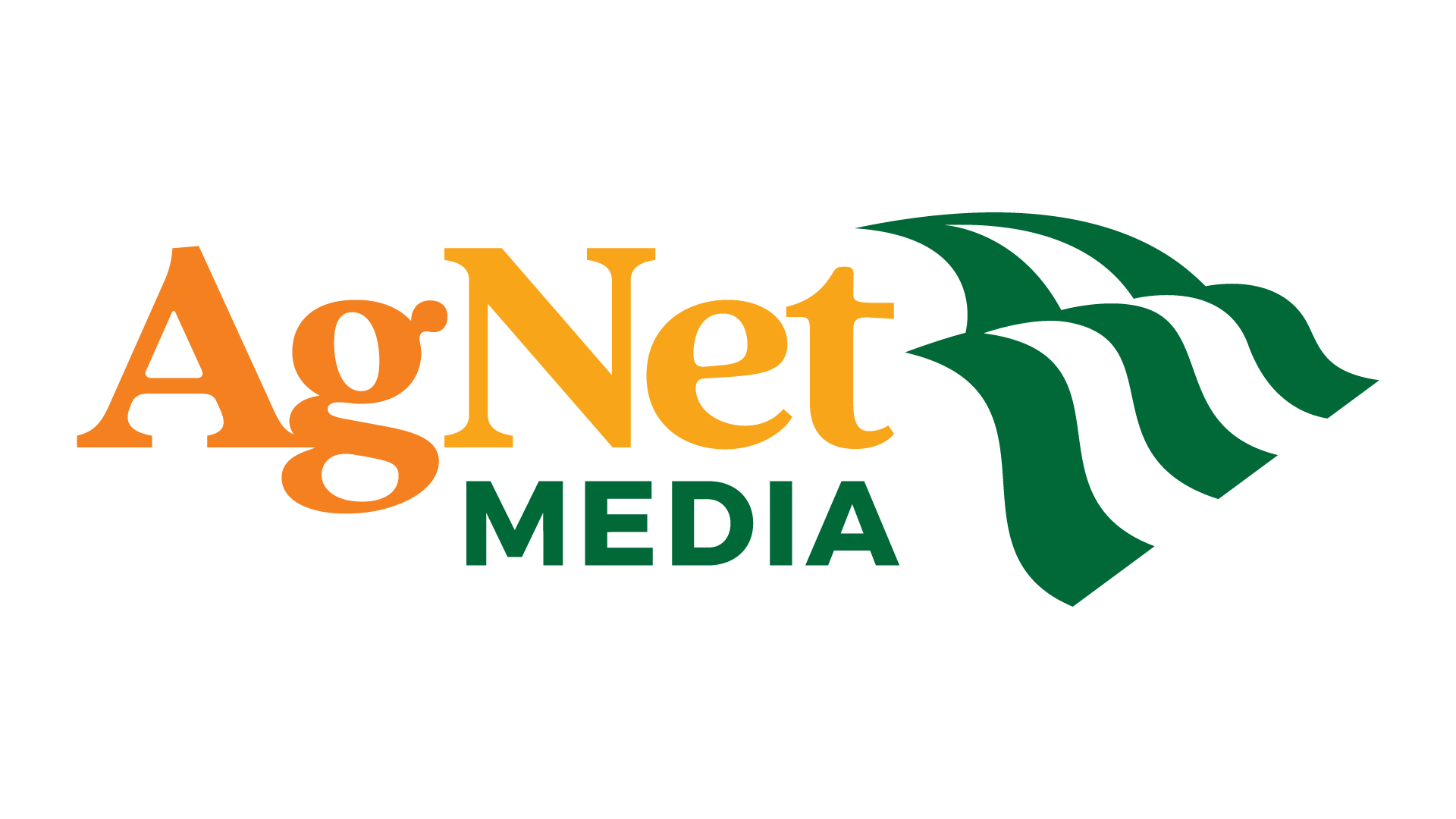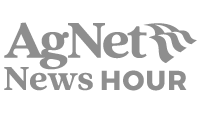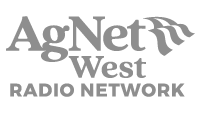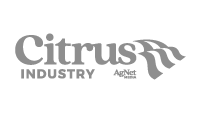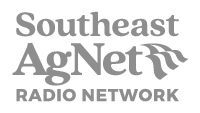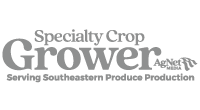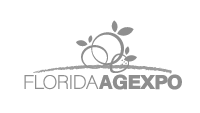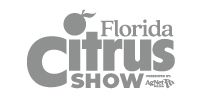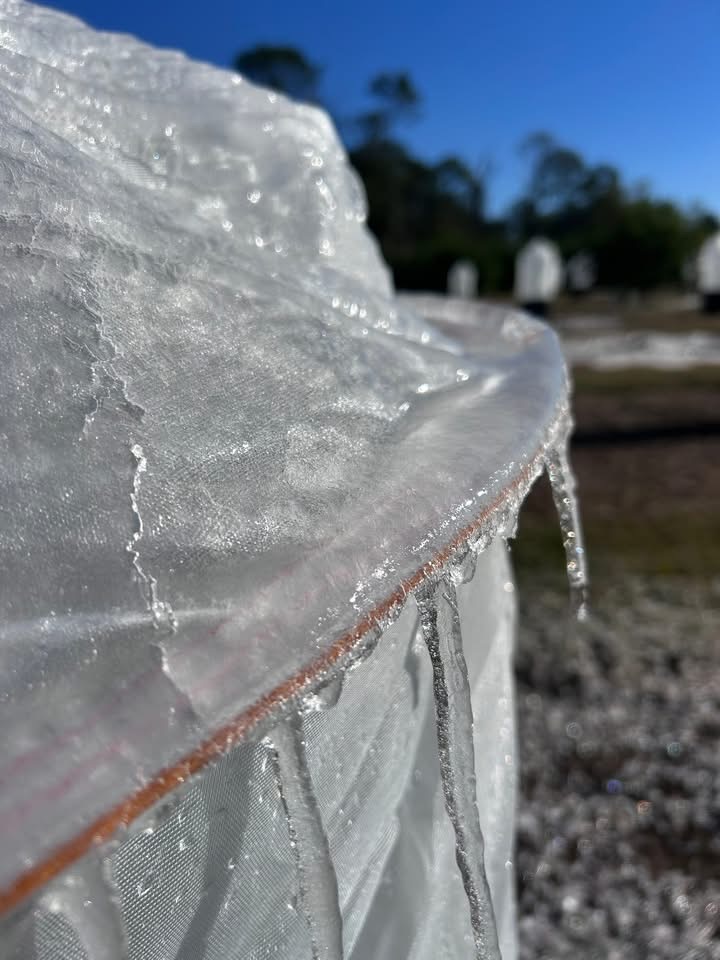The second major freeze event of the season occurred this week in the cold-hardy citrus region. It is still too early to gauge the long-term impact of temperatures dropping to the mid-20s in the early morning hours on Monday and Tuesday. However, if growers did not implement freeze-protection measures, this event could be more serious than the first freeze that …
Cold-Hardy Citrus Spared From Sub-Freezing Temperatures
The short timeframe when temperatures dipped below freezing this week in the cold-hardy citrus region appears to have not been problematic for trees. That’s the preliminary assessment shared by Mary Sutton, University of Georgia (UGA) assistant professor and citrus Extension specialist. Sutton emphasized that the few hours that temperatures dropped into the 20s early Tuesday morning was a lot better …
Cold-Hardy Citrus Harvest Begins Early
The anticipated disappointment has become a reality for cold-hardy citrus growers; satsuma mandarins are in short supply. The predominant citrus variety grown in the region will not have much of a crop this season as harvests have already begun across the cold-hardy region of North Florida, South Georgia and South Alabama. As expected, citrus volume will be short, mostly due …
Cold-Hardy Citrus Producers Should Prepare for Potential Freeze
Cold-hardy citrus producers need to be prepared for a potential freeze event next week. Mary Sutton, University of Georgia (UGA) assistant professor and citrus Extension specialist, cautioned growers on the UGA Citrus Blog that temperatures are expected to drop in the low 30s across the region next Monday and Tuesday, and perhaps in the upper 20s in some areas. The …
Bed System Benefits Citrus Production
A bed system used in citrus groves is still under research at the University of Florida Institute of Food and Agricultural Sciences (UF/IFAS) North Florida Research and Education Center (NFREC) in Quincy. But one researcher is already convinced that the system, which includes fabric mulch, is beneficial for growers. “This system is better for them. It’s already being used in …
Pruning Young Citrus Trees
Pruning is an important management tactic that cold-hardy citrus growers need to implement, especially during the early stages of tree development. Fernando Alferez, a University of Florida Institute of Food and Agricultural Sciences (UF/IFAS) citrus horticulturist, discussed pruning during the Cold-Hardy Citrus Field Day and Workshop in Quincy on Oct. 1. “Pruning is important because it will give the tree …
Freeze Tolerance Is Key to Diversification
Freeze tolerance is a focal point of citrus studies conducted at the University of Florida Institute of Food and Agricultural Sciences (UF/IFAS) North Florida Research and Education Center in Quincy. As citrus production continues to grow in the cold-hardy citrus region, growers need varieties that are able to withstand prolonged periods of sub-freezing temperatures. Leading that research is Muhammad Shahid, …
Blood Oranges Could Be Profitable Option for Cold-Hardy Citrus Producers
Blood oranges may be an enticing fruit to grow for cold-hardy citrus producers in North Florida, South Georgia and South Alabama. Muhammad Shahid, assistant professor of horticulture at the University of Florida Institute of Food and Agricultural Sciences (UF/IFAS), highlighted his blood orange research during the Cold-Hardy Citrus Field Day and Workshop at the North Florida Research and Education Center …
Proper Site Selection Essential for Phytophthora Prevention
Vulnerability of citrus trees to phytophthora root rot is a concern for cold-hardy growers. But there are precautions that producers can implement that will guard against infection buildup. One of those precautions includes site selection and not planting trees in poorly drained locations, according to Jonathan Oliver, University of Georgia assistant professor and small fruits pathologist. “Site prep is really …
Impact of Satsuma Shortage in Cold-Hardy Citrus Region
Minimal satsumas this harvest season will impact cold-hardy producers far beyond the loss of production in the region. MAINTENANCE MANDATORY Growers are now tasked with maintaining their groves when there is little to no fruit on the trees. It is a chore that producers should still follow through on, however, says Jake Price, University of Georgia (UGA) area citrus agent. …
